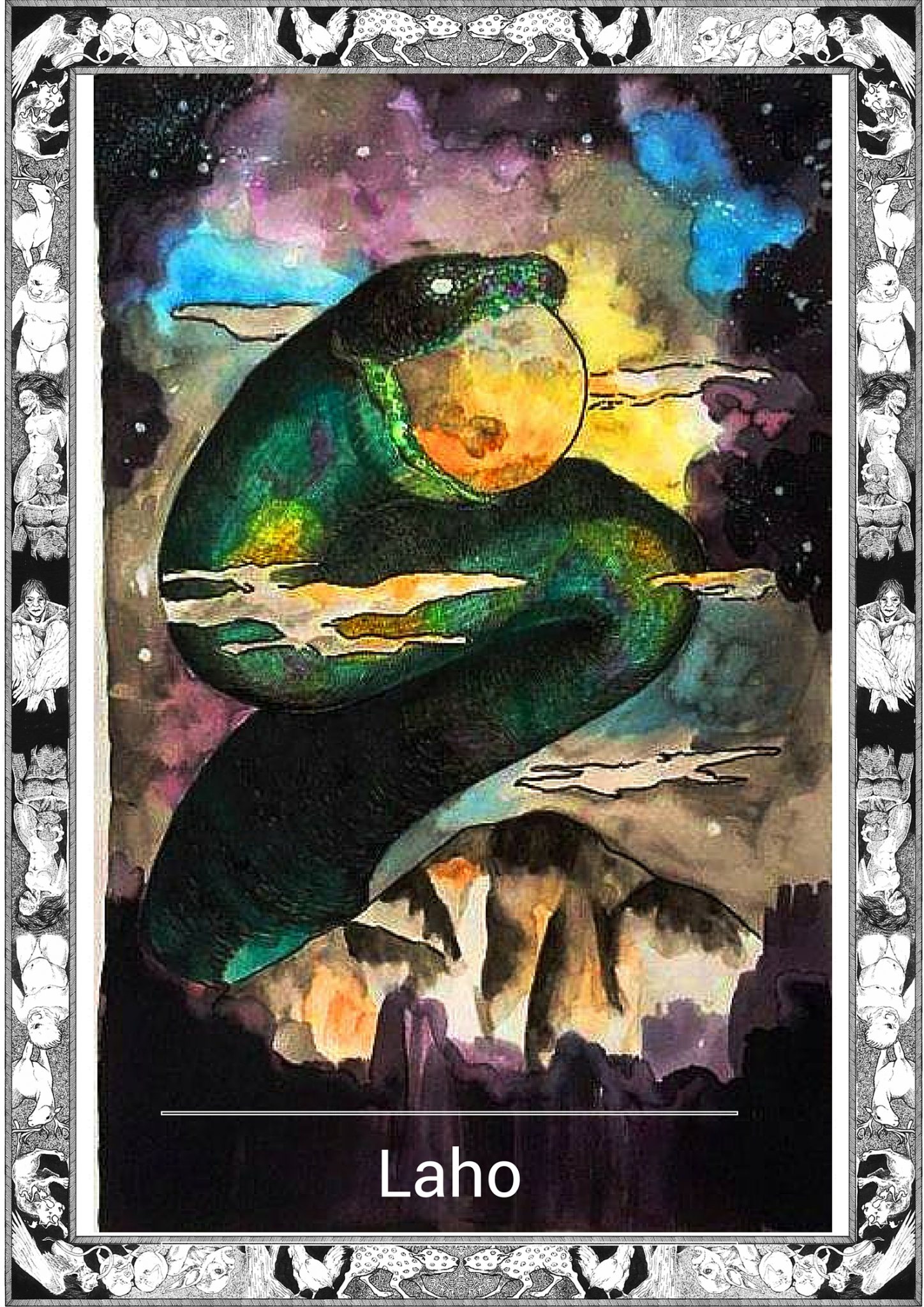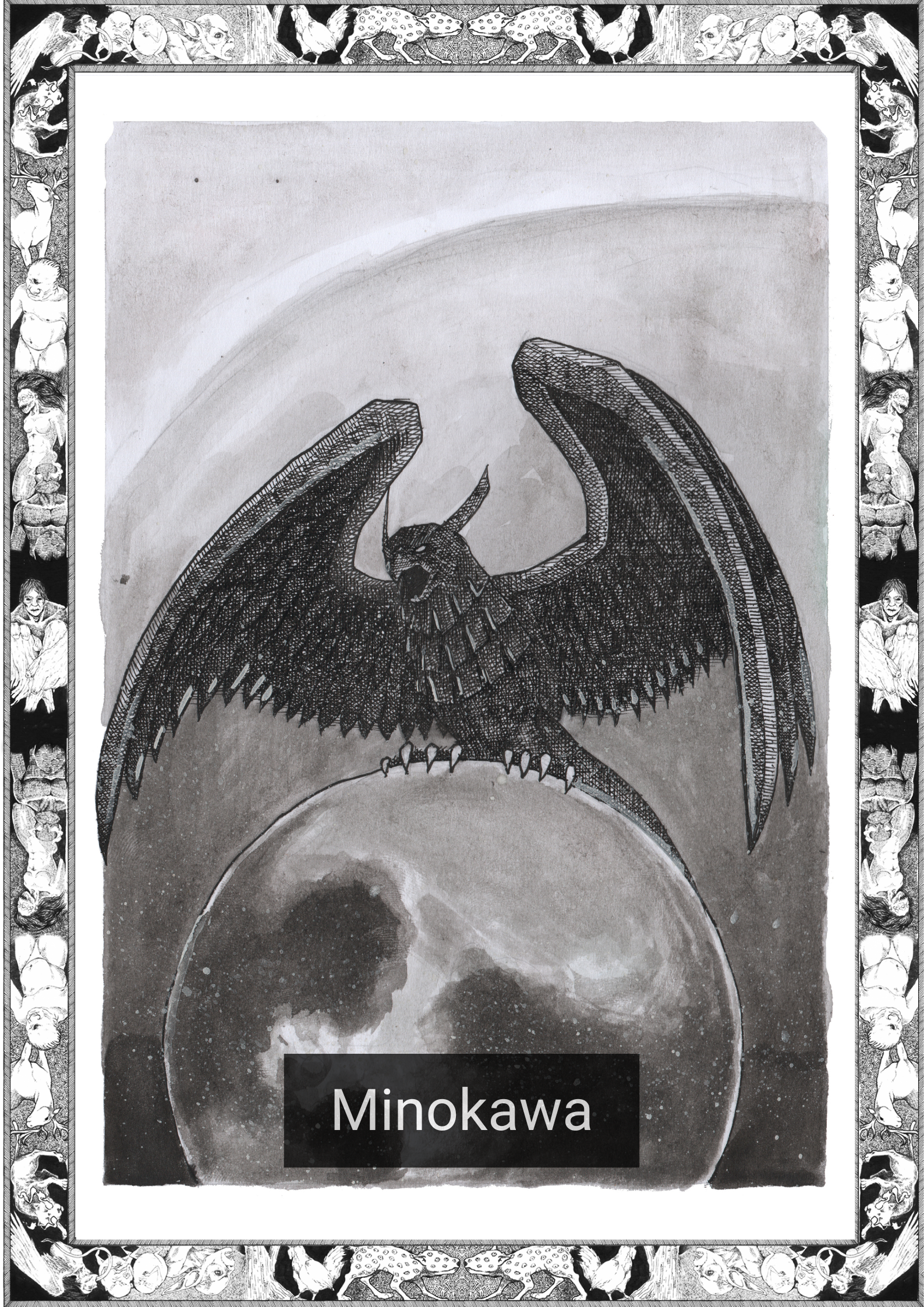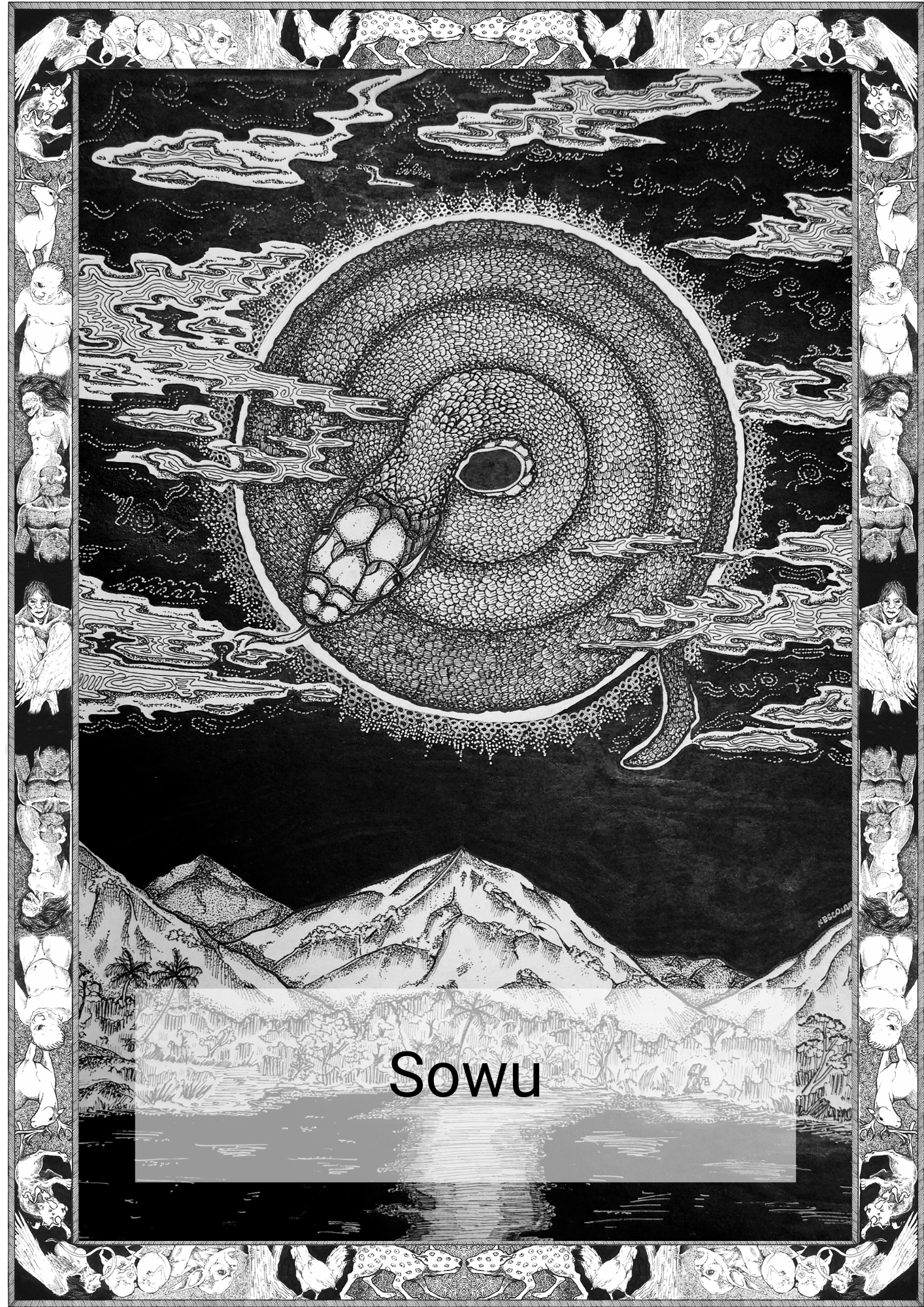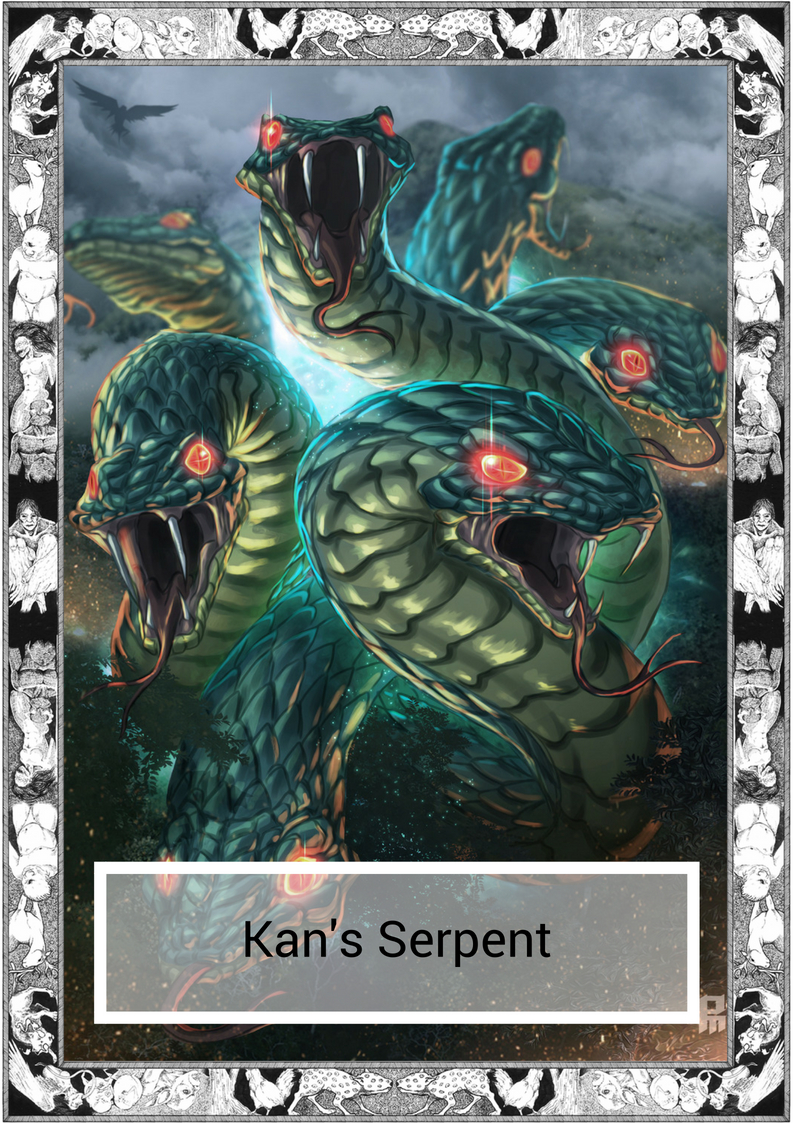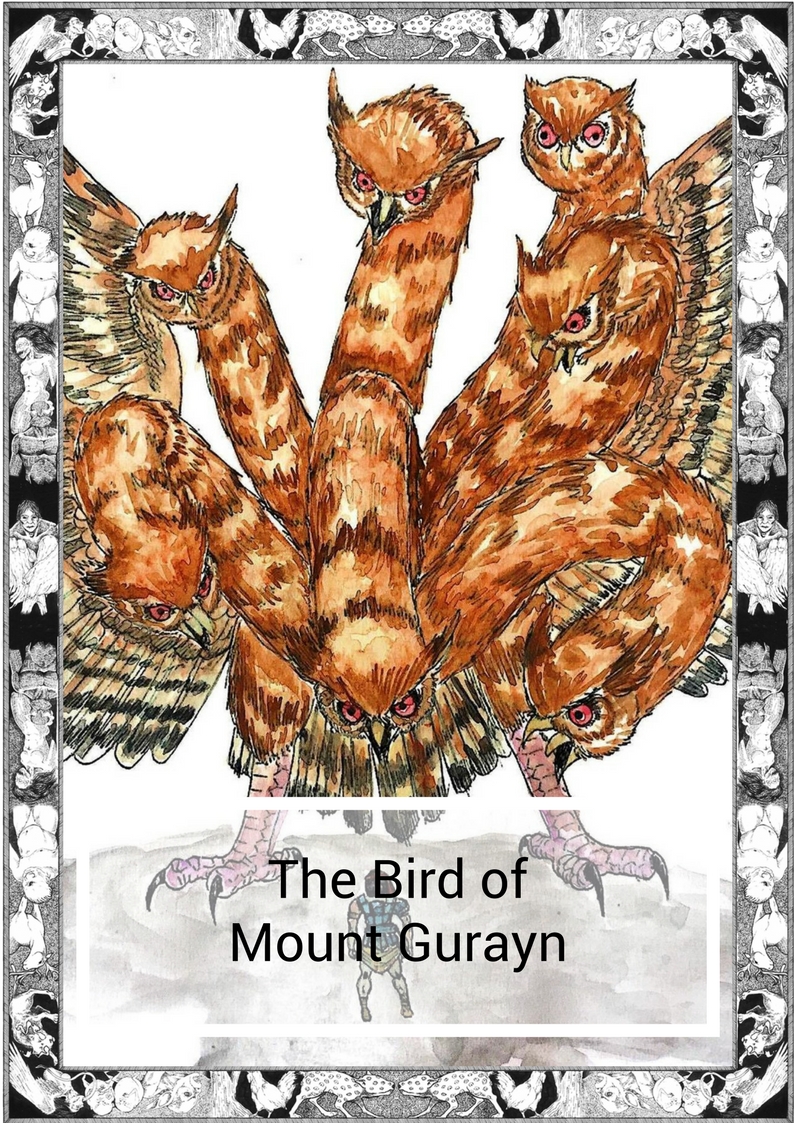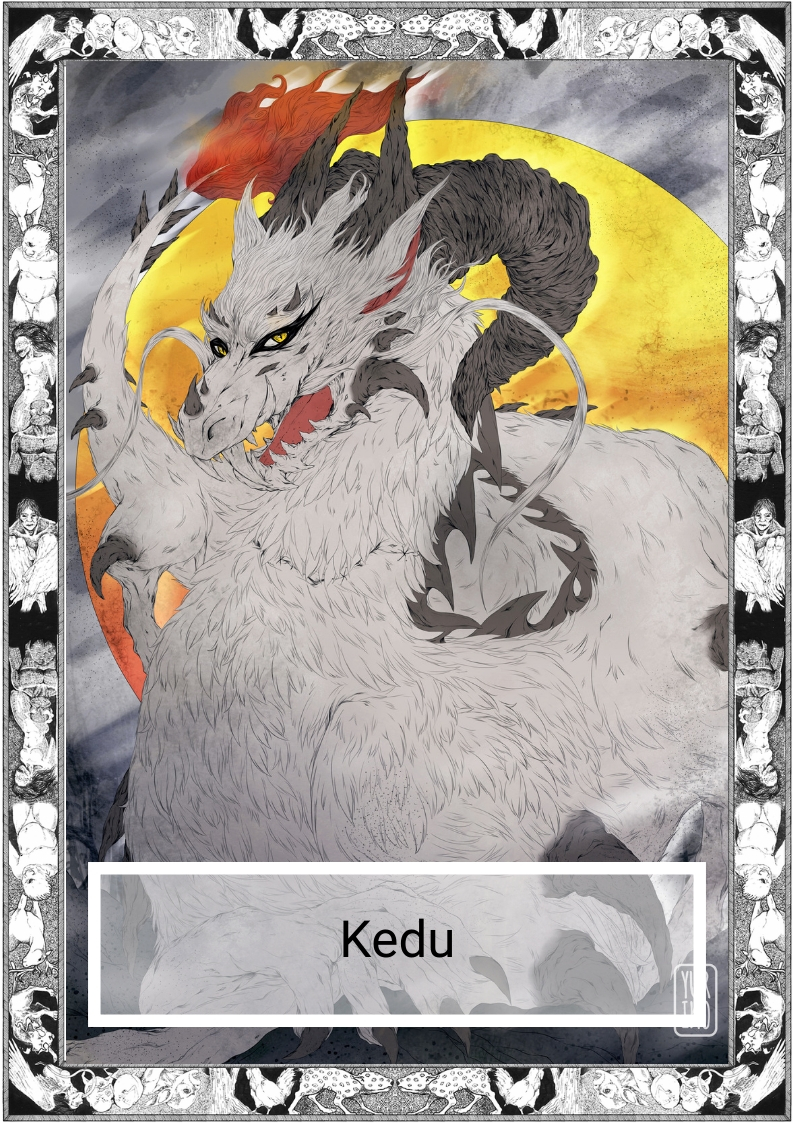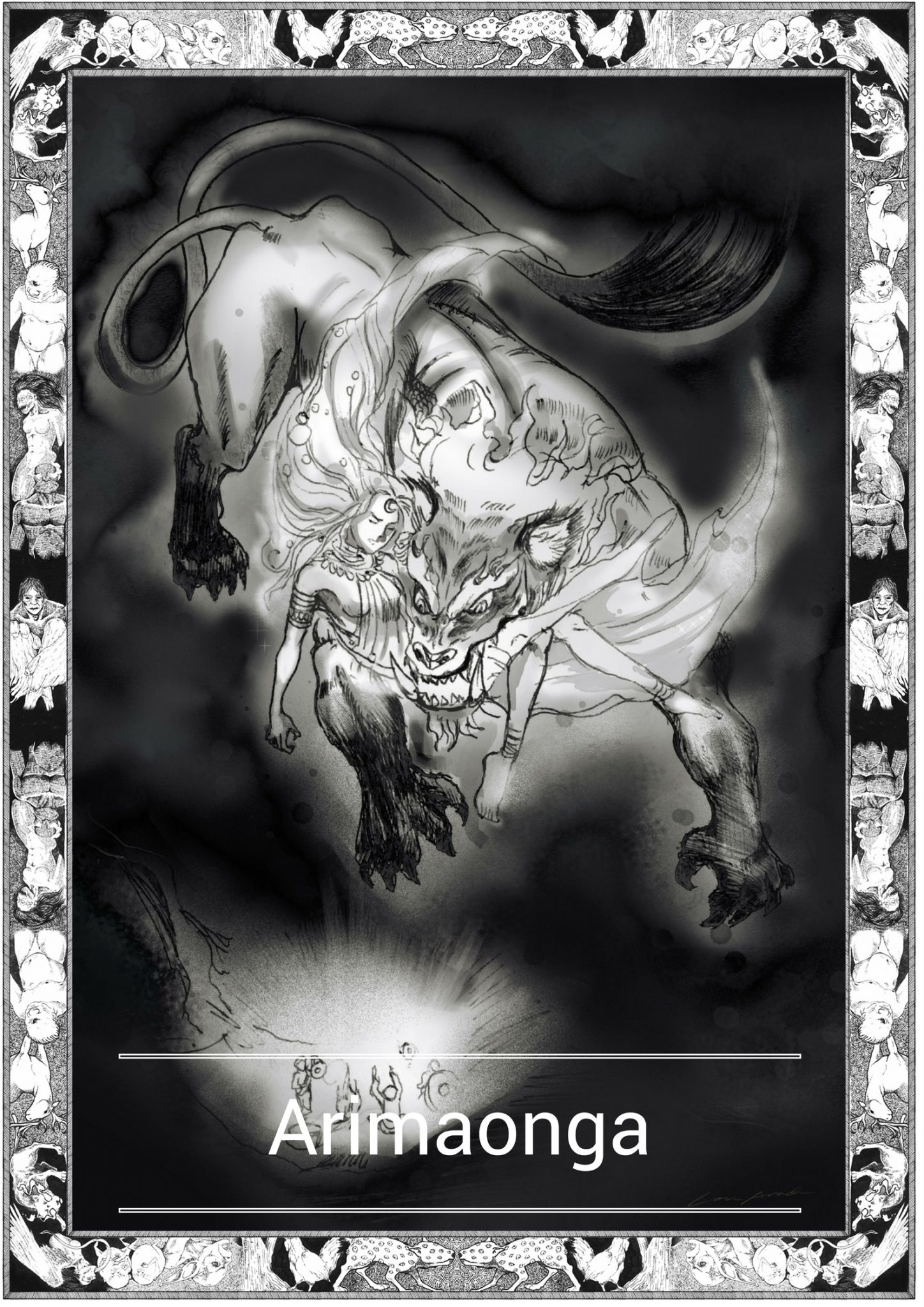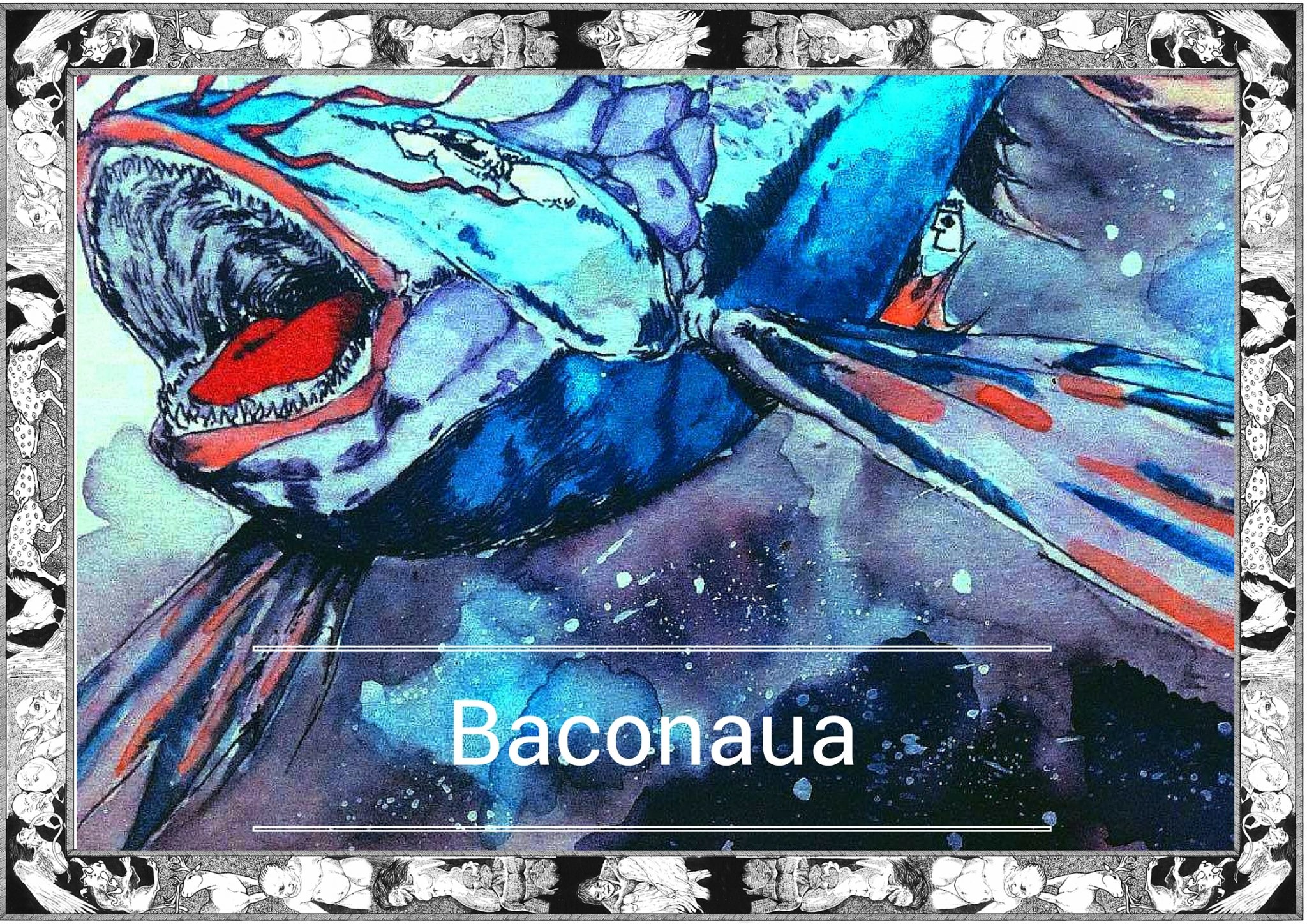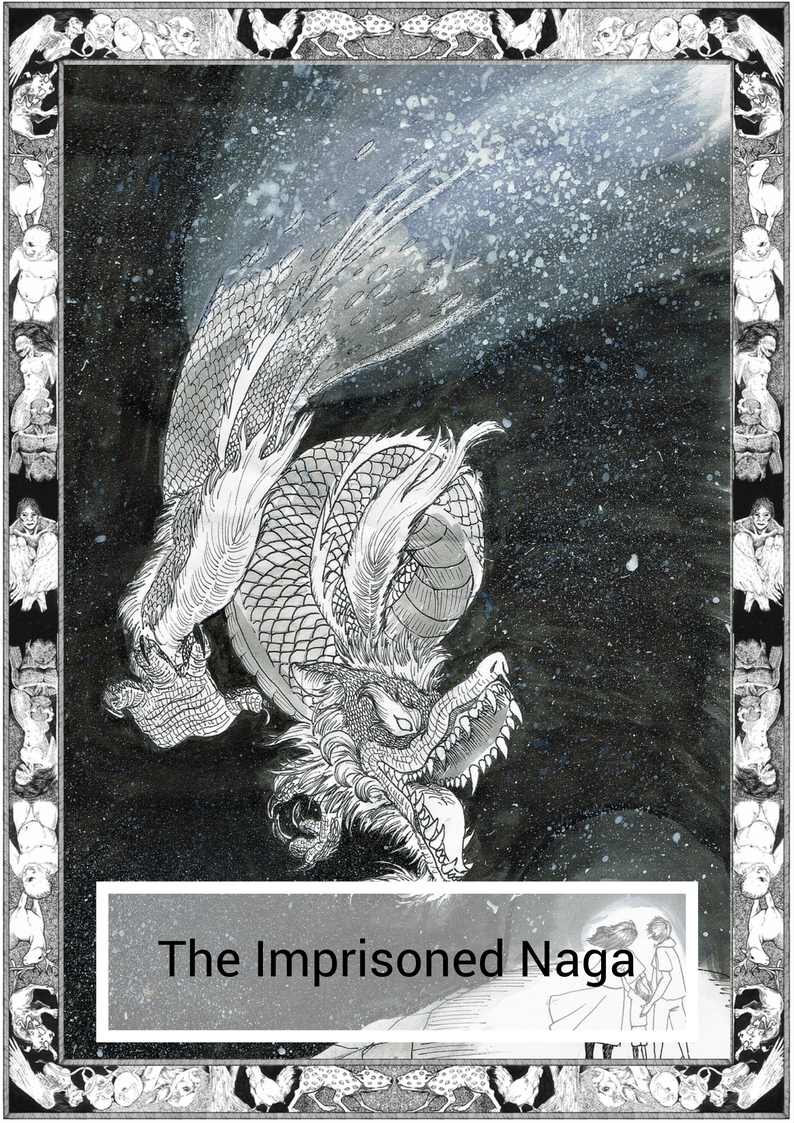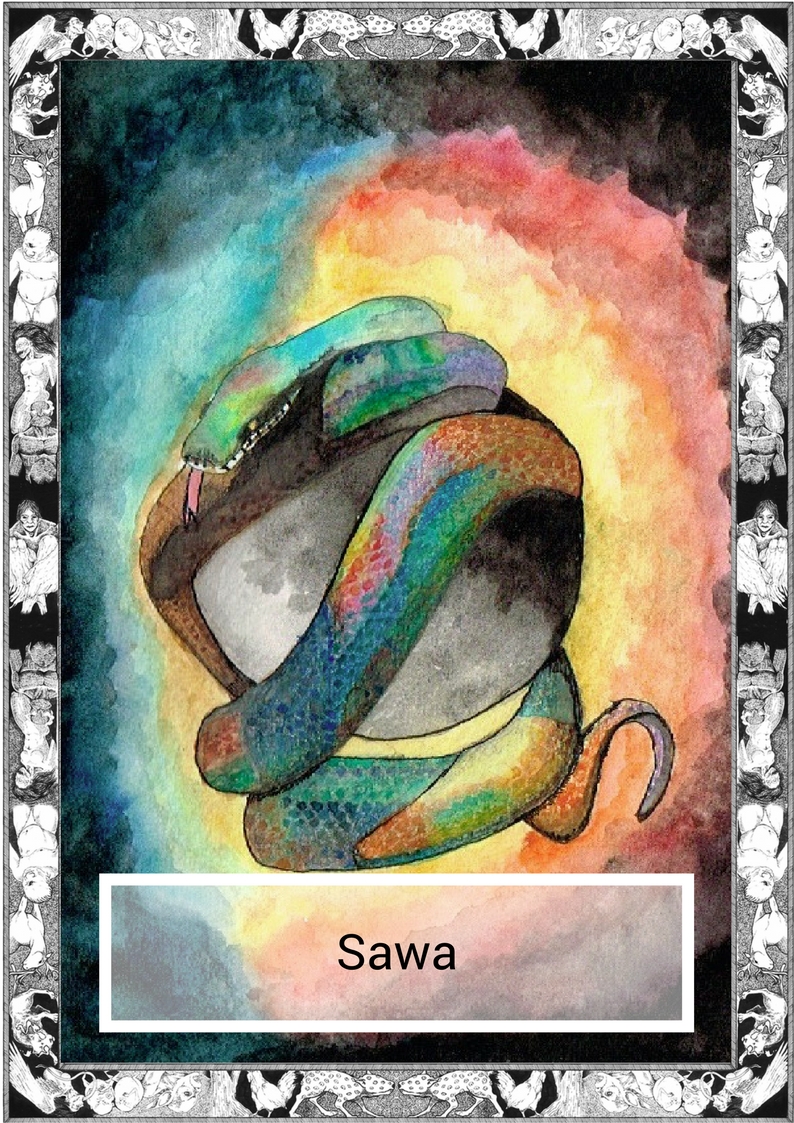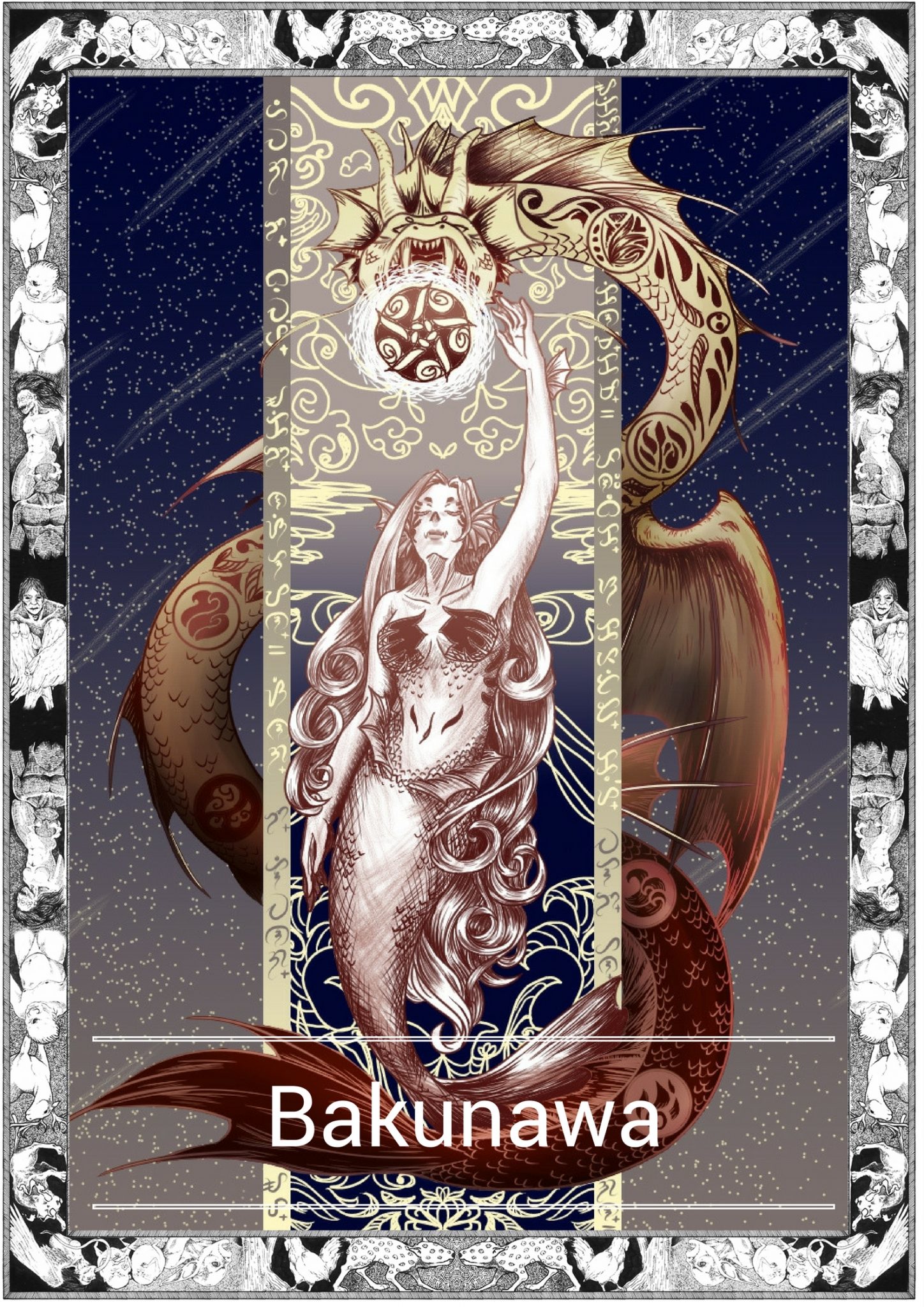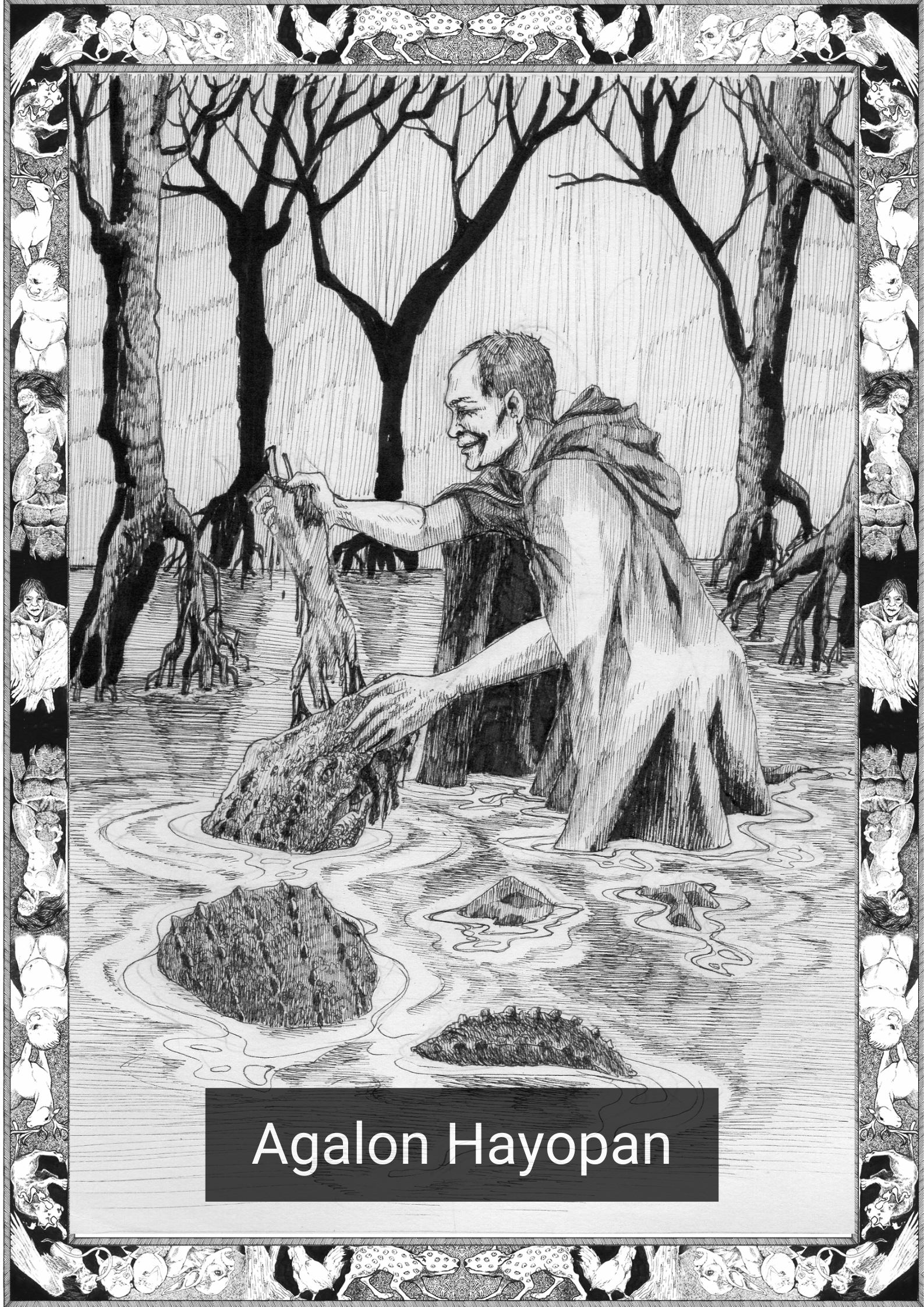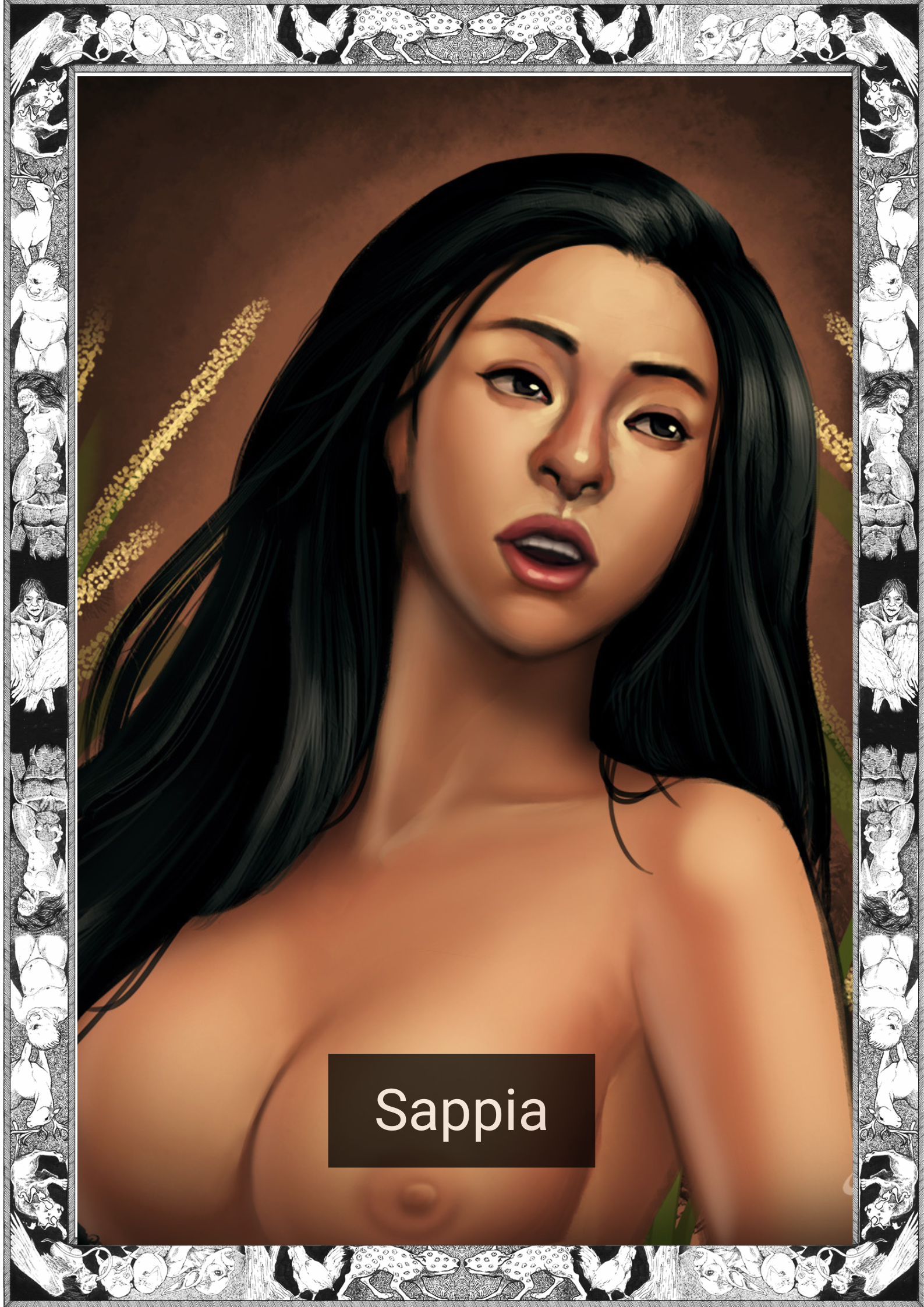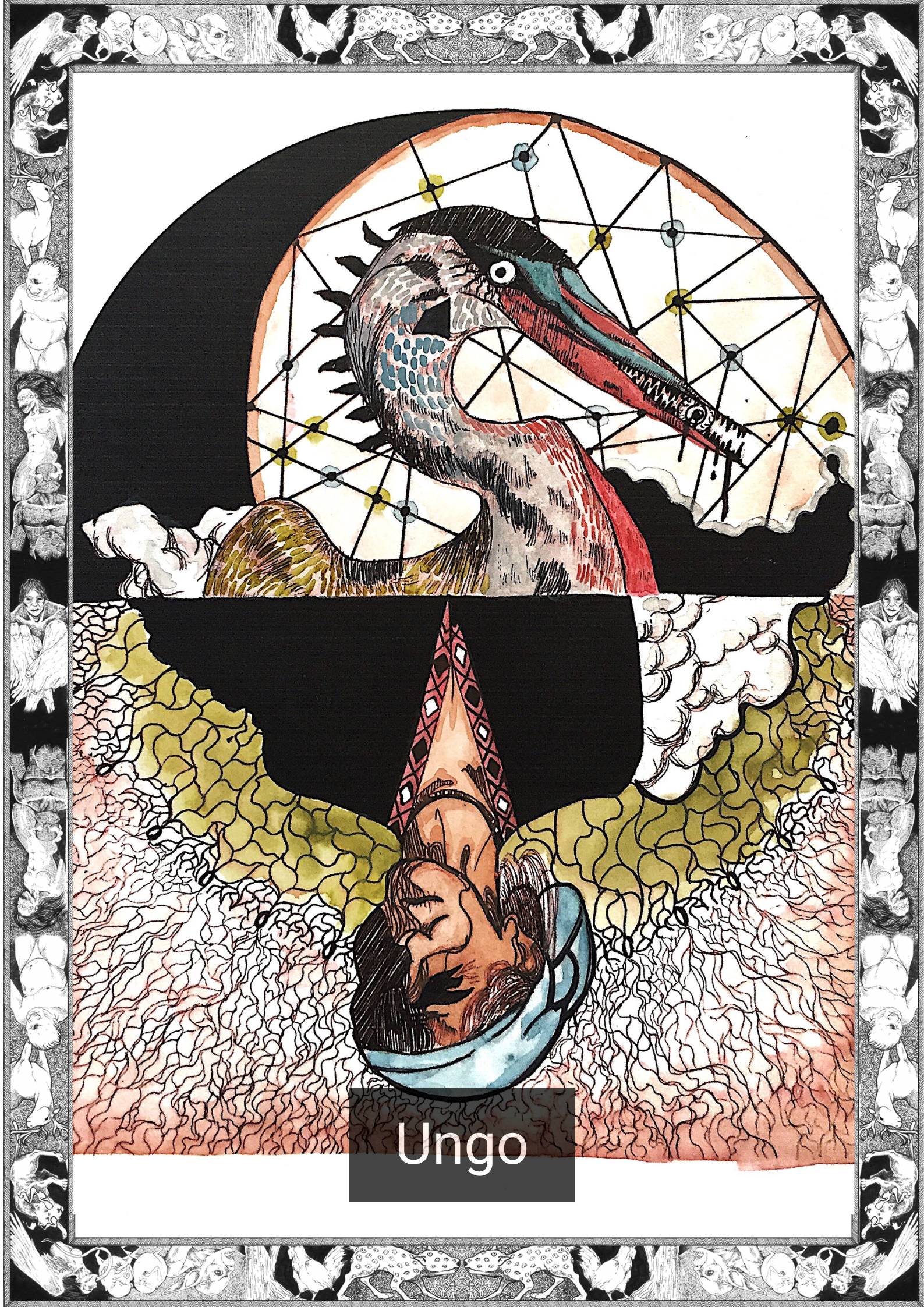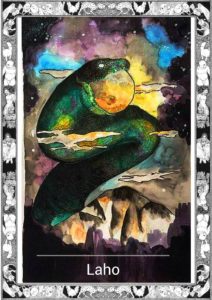
*Note this story is in Hiligaynon
Sa tion lamang sang full moon ukon bilog nga bulan lamang makikit-an ang lunar eclipse kag kung magaagi ini sa anino sang aton kalibutan.
Sa tatlo nga eclipse, ang full moon gid ang pinakamatahum kag indi basta basta malimtan. Makit-an gid naton ini kung ang bilog gid nga bulan maga-agi sa umbral shadow sang kalibutan. Trenta y cinco porsyento lamang ang tyansa nga magatabo ang lunar eclipse kag pilang beses lang gid naton makita sa isa ka tuig.
Sa tion sang total lunar eclipse kaabot gihapon ang silak sang adlaw sa bulan apang indi galing direkta. Maagi danay ang silak sang adlaw sa atmospera sang kalibutan bag-o ma-separar ang pinaka-asul sini nga kasanag bag-o mangin kulay dalag ukon kahil– ang kolor sang adlaw. Ang pula nga suga nga ini ay nagalain ang direksyon kung ini mag-agi sa atmospera sang kalibutan kag kung ginaiwagan ang bulan. Muni ang rason kung ngaman ginatawag ang ‘Lunar Eclipse’ bilang ‘Blood Moon’ ukon dugo nga bulan.
Muni ang ila tawag.
Tistingan ninyo ipaguha ang inyo nga ‘telescope’ samtang Blood Moon para makit-an ninyo sa inyo kaugalingon. Obserbahi ang mga bitoon kung paano ini maghulag kung paano magpalayo sa aton panan-awan samtang may eclipse. Diri, mas makit-an gid naton ang pagkapula sang iwag asta sa indi na gid kita makalingad sa pagtulok diri.
Daw sa ‘deja vu’ ukon hitabo nga daw natapos na. Nga daw natabo na ini sa imo sadto sa pila na ka-beses. Kululbaan kag makatilindog balahibo ang pamatyagan kapin pa gid sa imo likod. Abi mo kung ano na, gali “eclipse” ma lang.
Pero halong lang, indi gid pagdirekta ang “telescope” sa “Blood Moon” kung indi ka gusto nga may makit-an ka sa pagtalikod mo.
=————————-=
English Version
English Version
A lunar eclipse can only occur at full moon and only if the moon passes through the Earth’s shadow.
Of the three kinds of lunar eclipses a total lunar eclipse is the most striking. Supposedly it is when the whole moon passes through Earth’s umbral shadow. Only 35% of eclipses are total lunar eclipses. Lunar eclipses occur a few times per year.
During a total lunar eclipse indirect sunlight can still reach the moon. That sunlight has to first pass the Earth’s atmosphere which filters out most blue colored light leaving a bright red or orange glow. This red light refracts through Earth’s atmosphere and illuminates the moon. This is why a total lunar eclipse is sometimes referred to as a ‘Blood Moon’
Or so they say.
Take a telescope out during a Blood Moon and see for yourself. See how the stars seem to move out of the way when the eclipse occurs. How the movement of the light seems to flicker and fade almost as if there’s something else that the light is reflecting on.
If you’re lucky you might see the small bits of orange and yellow light move around in big dots. You’ll see them twist in a zig-zag pattern toward the moon. When the eclipse starts you might see the light dots stop and stay stationary for the whole duration of the eclipse. You’ll see the red light grow deeper and deeper and you won’t be able to look away.
There will be a feeling of déjà vu. Like you’ve seen this moment happen a hundred times before. You’ll feel a deep chill in your spine and for some reason you’ll be scared. You’ll think that’s ridiculous, it’s only an eclipse.
But be careful not to point your telescope directly above the Blood Moon.
You might see something looking back.
*The Hiligaynon language, also colloquially referred often by most of its speakers simply as Ilonggo, is an Austronesian regional language spoken in the Philippines by about 9.1 million people, mainly in Western Visayas and SOCCSKSARGEN, most of whom belong to the Visayan ethnic group, mainly the Hiligaynons. It is the second-most widely spoken language and a member of the so-named Visayan language family and is more distantly related to other Philippine languages.
Written by Karl Gaverza
Hiligaynon translation by Trisha Delfin
Copyright © Karl Gaverza
Translation Copyright © Trisha DelfinTrisha Delfin
Story inspired by Laho description in The Soul Book. Demetrio & Cordero-Fernando 1991.
Laho Illustration by Leandro Geniston from Aklat ng mga Anito
FB: That Guy With A Pen
Watercolor by Nicole Chiu
FB: Wildling Child
IG: https://www.instagram.com/wildlingchild/
